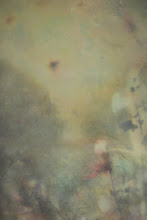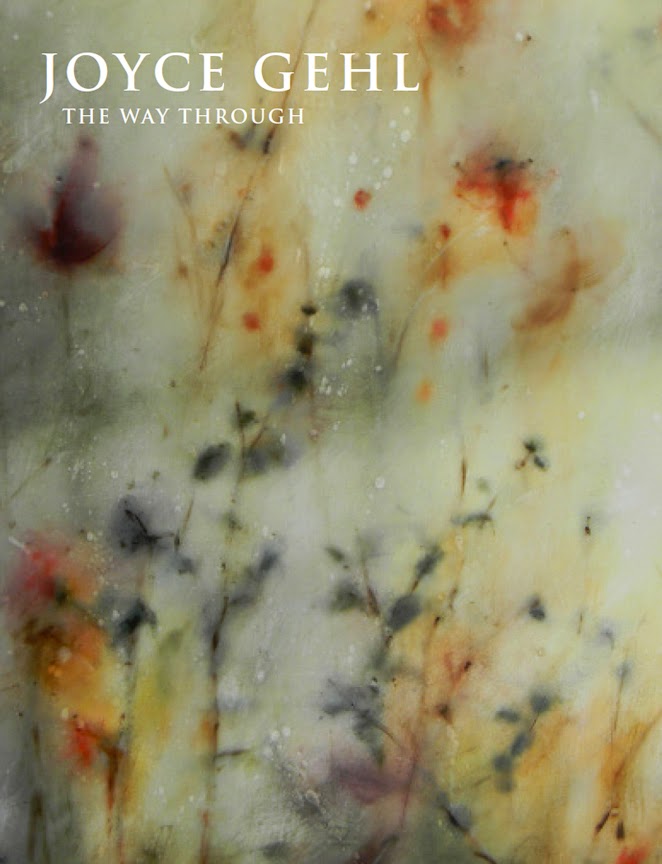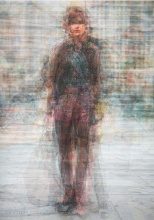The unistrut channels are now bolted into the ceiling and onto the walls, and the block and tackle is set up and ready to roll. It took a bit of work to figure out the best method to lift and move the panel, but luckily our friend Commodore David Anson of New Zealand was in town. Barry immediately put our navy boy to work. He set about designing a S.O.P. (Standard Operating Procedure). I'm very comfortable with lifting and moving the panel with very little effort.
The first photo above shows how the roller piece fits into the ceiling channel. Attached to the roller is the upper end of the block and tackle. The lower photo shows the second piece which is hooked onto a bolt screwed into the top of the panel. The blocks are called 'fiddlehead blocks'. One of the blocks would have a cam cleat. Typical brands would be Harken, Lewmar or Ronstan. You can find them at a Marine supply store.

This is me taking the panel for a walk across the studio. The commodore is enjoying a much-deserved beer. You can't see the hardware because the beam is in the way, but the line that I'm holding is attached to the block and tackle, and with a little bit of pressure, I am able to push the panel, allowing it to glide across the ceiling. We've attached handles to the sides of the panel so that when the wax and paint is applied I won't be touching the surface of the painting.

Commodore David demonstrates how to carefully lower the panel onto the horizontal work surface. The first few times we tried this, I was nervous and held my hand out to ensure the panel didn't fall too heavily. But now, I can raise and lower the panel without touching it. The locking mechanism and the cleat attached to the wall gives me the right leverage to ensure a safe and gentle landing.

I'm not sure if I'm raising or lowering the panel in this shot, but it's a good angle to see the lower mechanism attached to the door, and the upper in the ceiling channel. The line I'm holding wraps around a cleat attached to the beam above. This gives me better leverage for pulling the line to raise or lower the panel. My husband designed a special extension tool to make it easier for me to lock and unlock the line from the upper mechanism. (I'll post a photo of this in my next update). When unlocked, the panel can travel across the ceiling channel, and when locked, the panel is secure, allowing me to slowly let the line out to raise or lower the panel.
I still need to show you the wall unit that holds the panel vertically. We had to order some stronger brackets, so the vertical unit isn't functional yet. I'll post an update when its ready.
In the meantime, the panel is on the workbench, I've prepared the surface and am getting ready to apply my first layers of clear wax.
















